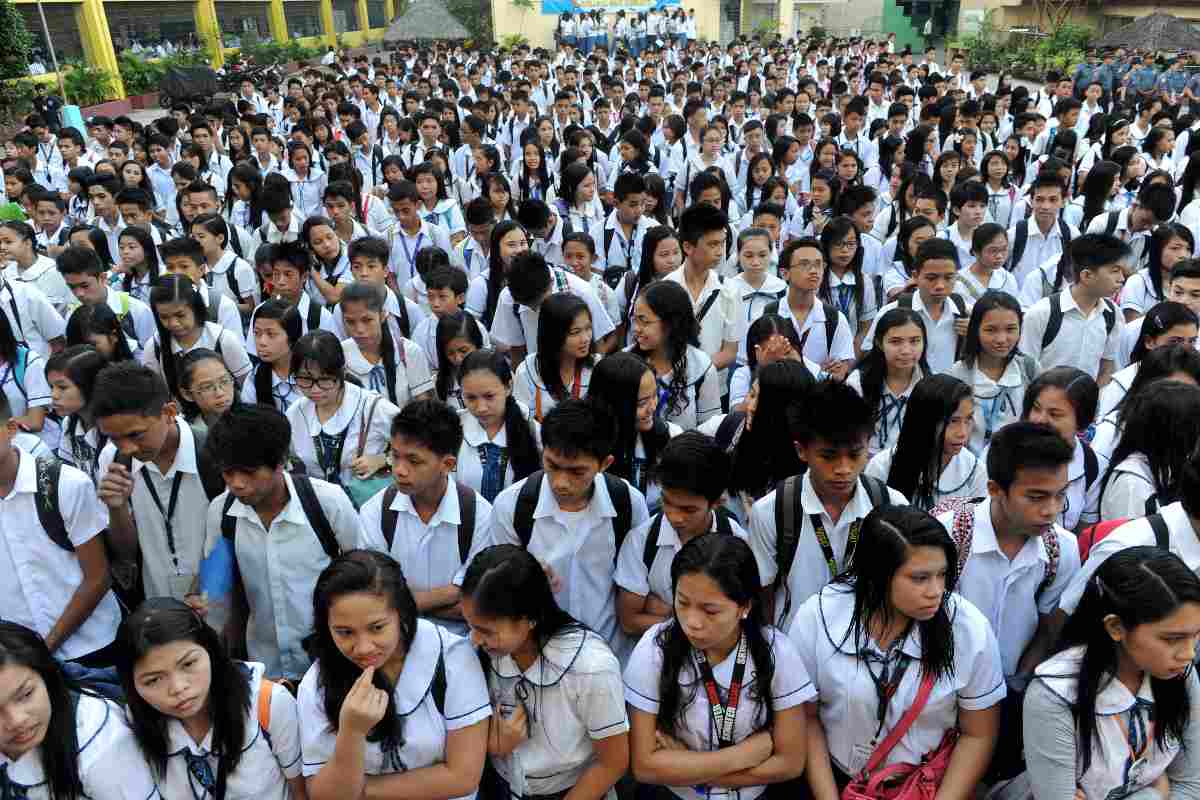By: Joseph Seabra
The Philippines as mentioned before
is a developing nation and is experiencing large amounts of technological and
infrastructural growth, but the country is also a small island nation that is
in a subtropical climate perfect for the culmination of diseases and illnesses.
The country of the Philippines has experienced multiple disease outbreaks with
the country having back to back outbreaks with the measles and dengue. In 2019
the country had a reported 42,000 cases of measles with 560 deaths, which was
then immediately followed by “350,000 cases of dengue” which had 1,300 related
deaths (Santos, 2019). According to the website DW Made for Minds the amount of
Filipino people getting vaccinations has decreased from “88% in 2013” to only
“70% in 2018”, due to a “Dengue vaccine scare in 2017” (Santos, 2019). This
lack of vaccinations within the country could be a reason as to why the country
has experienced multiple disease outbreaks. Though if the government of the
Philippines was able to introduce technologies that could increase vaccinations
the country would not have this issue.
There are currently multiple
technologies being developed to increase the amount of people who receive and
understand vaccines, though one technology that I can see being implemented in the Philippines the most
effectively is SMS Text messages to citizens phones about potential illnesses
present in their area. According to the website Vaccines Today the
implementation of this technology would not be a solution to the spread of
diseases within an area. Though it would allow for people to become aware of
potential issues and “ ‘nudge’ people to think about vaccination or point
them towards their nearest clinic.” (Finnegan, 2018). The reason that the SMS
Text message platform is an efficient way to help potentially increase the amount
of vaccines in the Philippines is due to most Filipino people spending large
amounts of time on their phones. As mentioned before the average Filipino
spends around “3 hours and 57 minutes a day on social media sites, mainly on
Facebook” which means it would be more likely that people would see the message
(Camus, 2018).
The use of SMS text messaging as a
technology that could increase the number of vaccines within the Philippines
and stop the spread of diseases within the country is quite a simple but very
effective tool that should be utilized by the government of the Philippines.

(Dantes, 2014)
The Philippines is a nation that is trying to rapidly develop its infrastructure,
and if the country can adopt this method to better inform its citizens it could
better market itself to the rest of the world. The Country relies heavily on
tourism for the growth of its infrastructure and technology, and therefore it
must maintain an environment free of disease and sickness.



